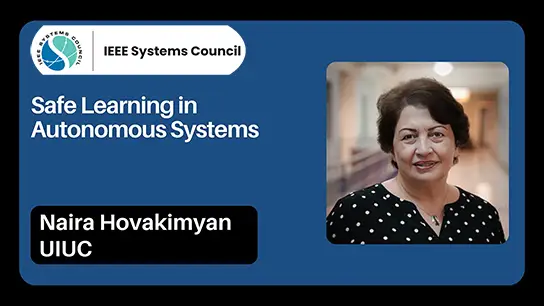Analog Interface Circuits for Electrochemical and Molecular Sensing Slides
carolina Mora Lopez
-
Members: FreeSSCS
IEEE Members: $11.00
Non-members: $15.00Pages/Slides: 66
24 May 2024
Abstract:�Accurate measurement of certain chemicals and biological substances is essential for health care and biomanufacturing. Electrochemical sensing methods are particularly useful for this purpose because they are cost-effective, can be made very small, and provide real-time data. Technologies such as pH and ion-sensitive sensors that are integrated into standard CMOS platforms (the technology used for constructing integrated circuits) have shown to be effective. For instance, large arrays of Ion-Sensitive Field-Effect Transistors (ISFET) have been instrumental in DNA sequencing. Looking ahead to advanced DNA sequencing and protein studies, innovative techniques involving nanopores are being developed for efficient, high-throughput sensing of molecules. This presentation will explore the basic principles of electrochemical sensing, with a special focus on the design of the analog circuits involved. It will provide an overview of the latest circuit design methods used in ISFET-based sensors and will conclude by discussing specific challenges in designing circuits for nanopore-based molecular sensing.
Primary Committee:
SSCS


